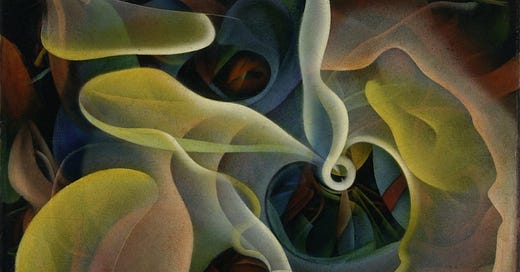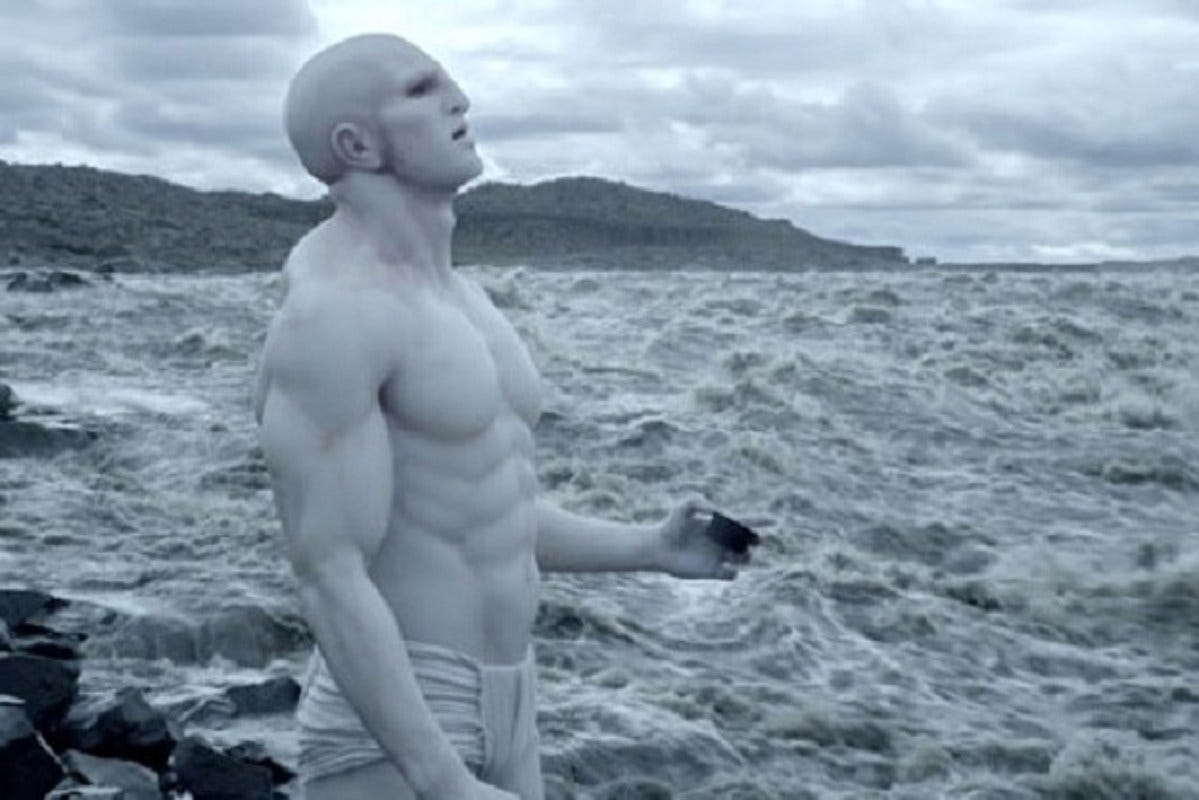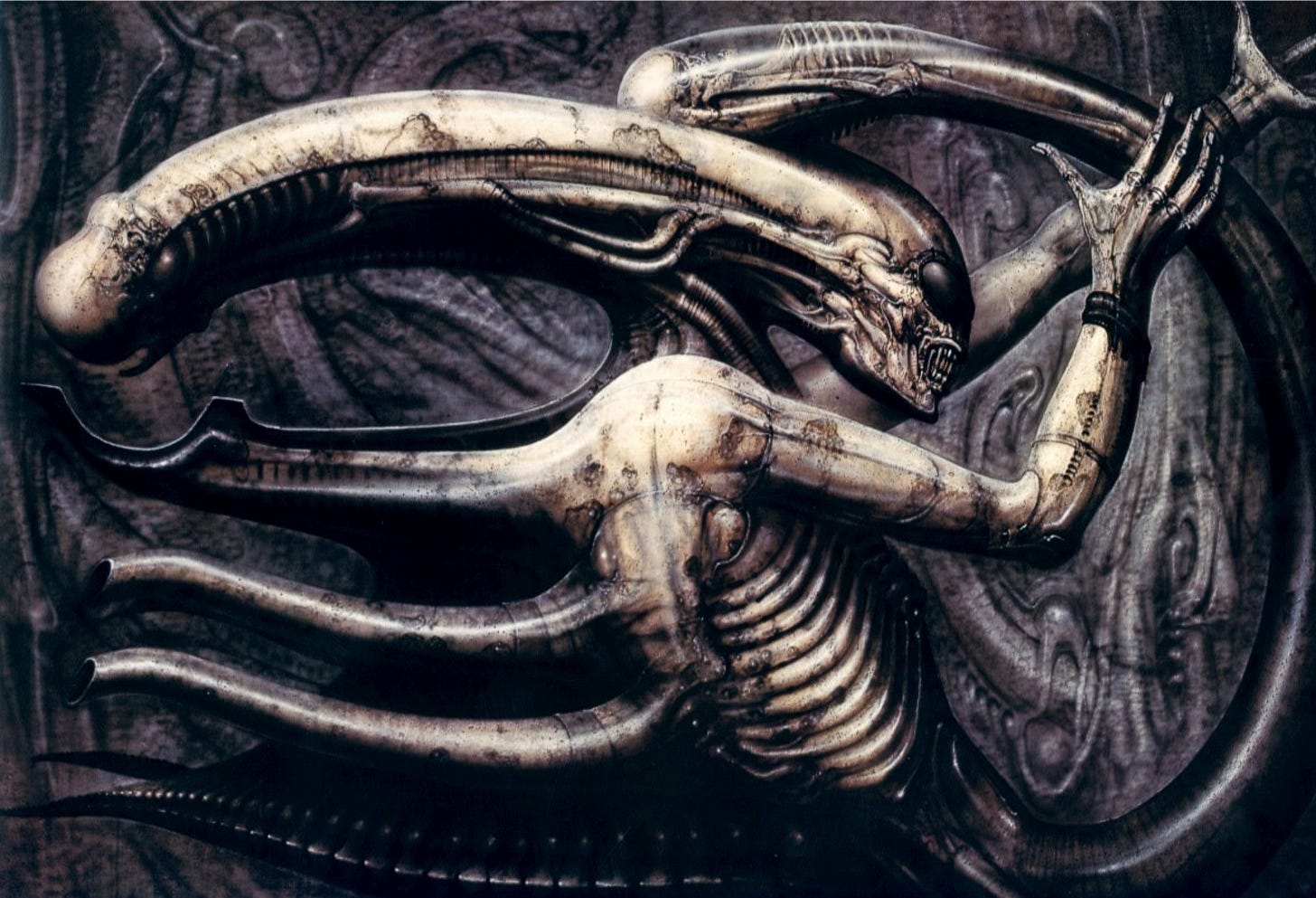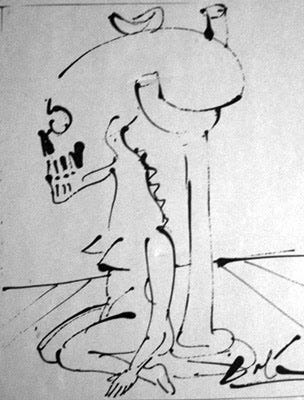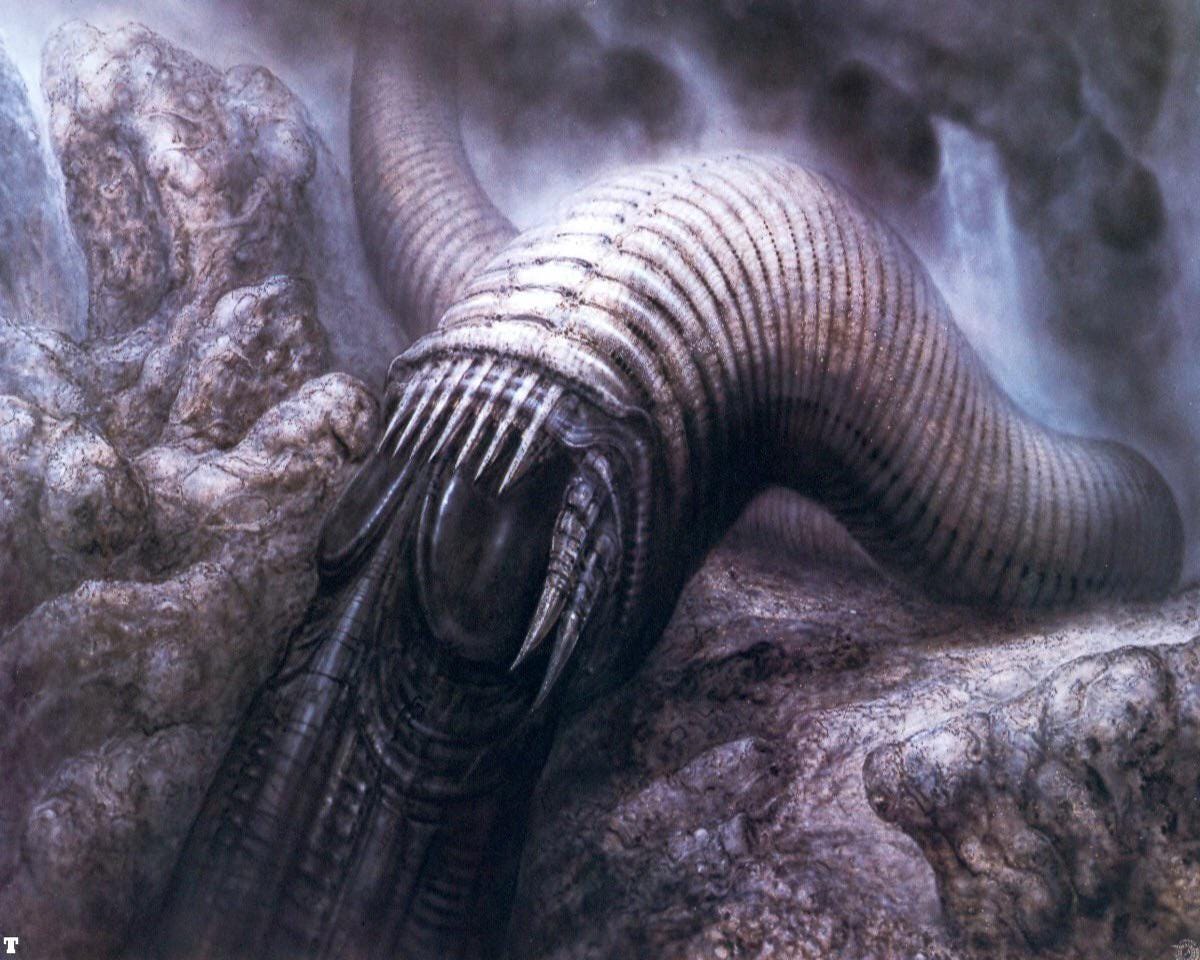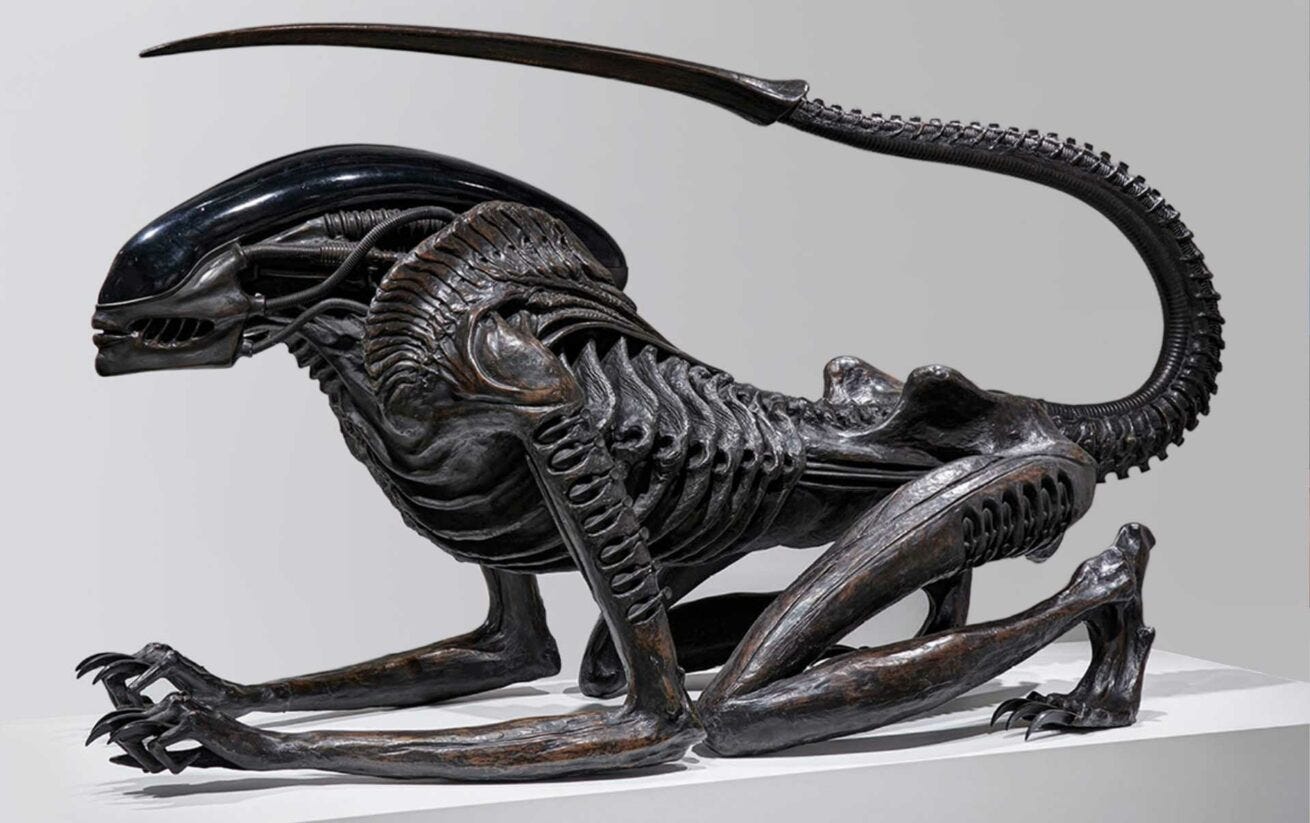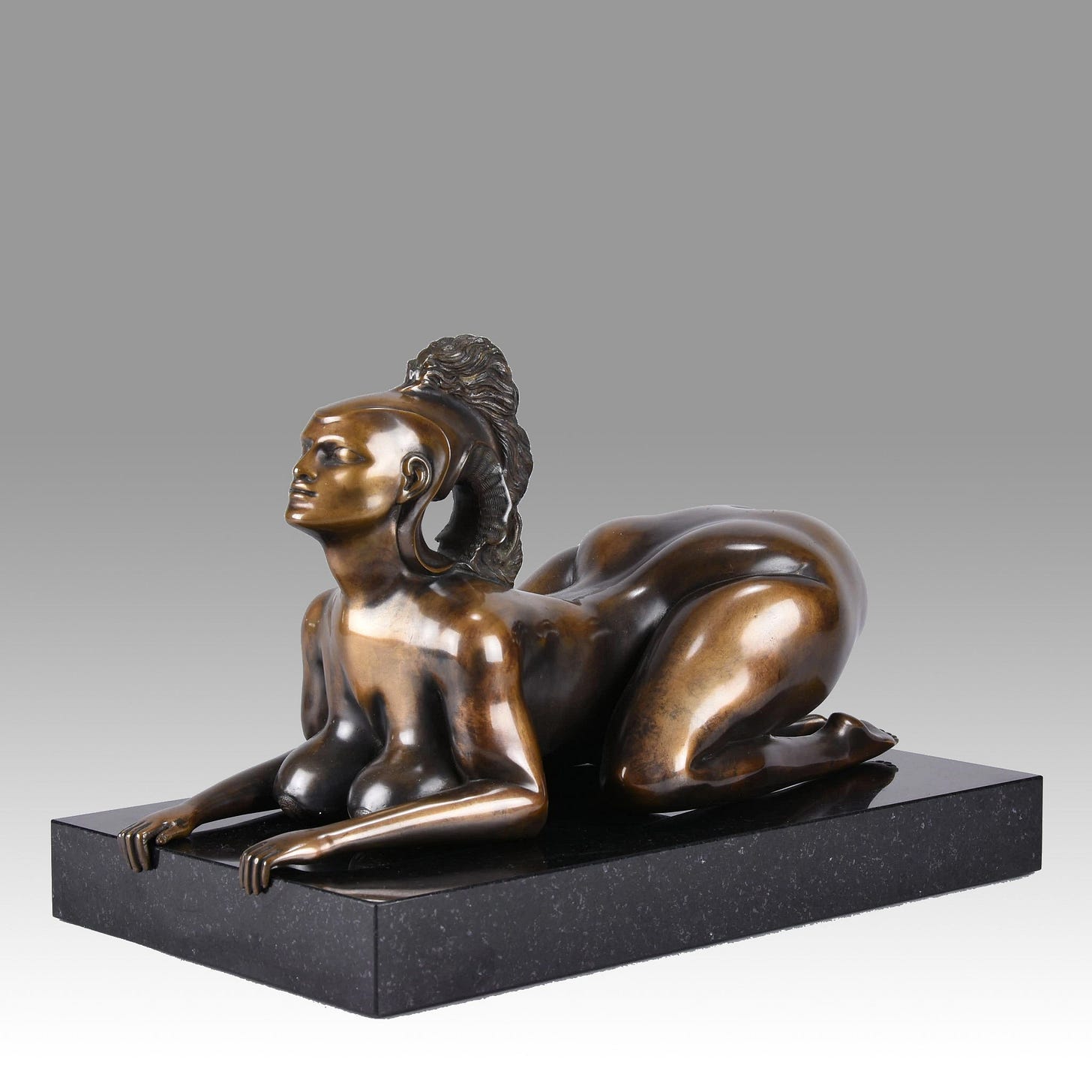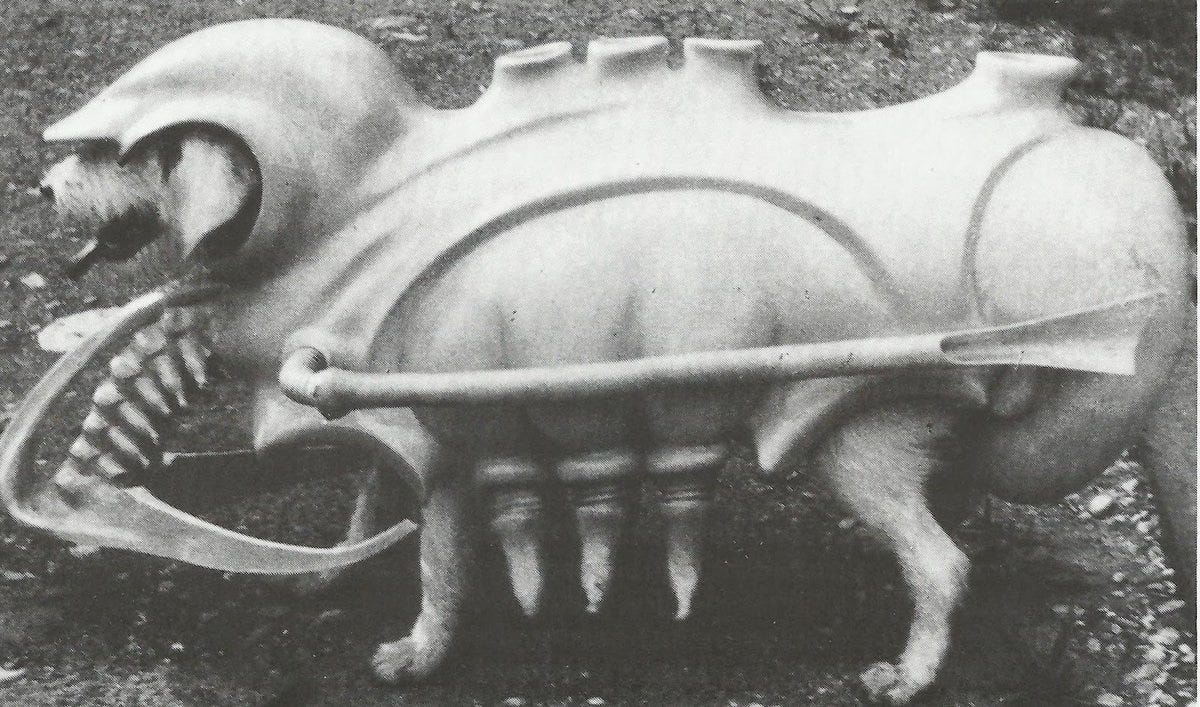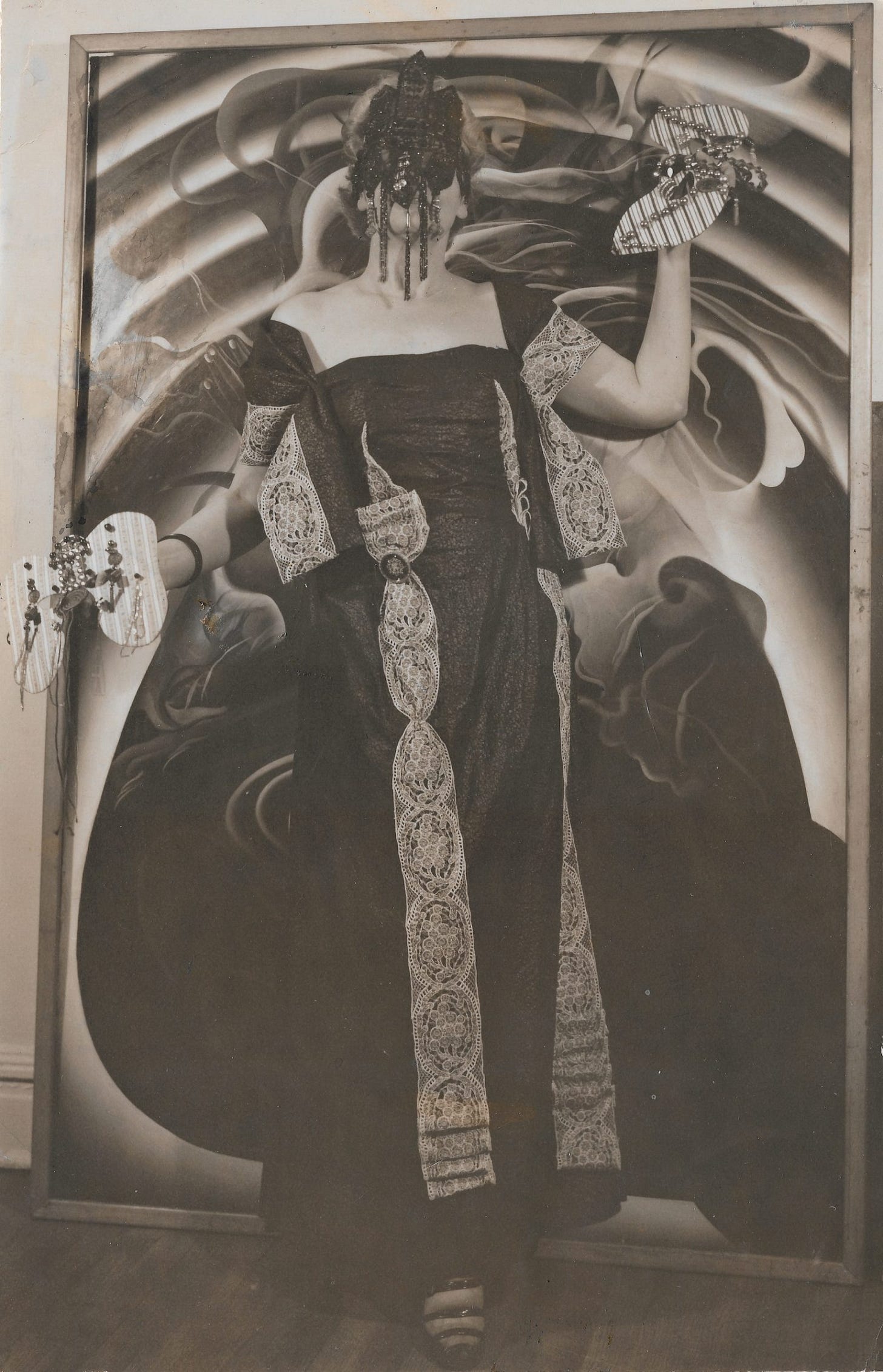How’s your weekend been? This week I chatted to not one but TWO amigos, Louis and Max. Hopefully you’ve had chance to listen to me and Louis chat shit for 42 minutes but if not, go check out…
“I Pee Often Enough” on Rat Depot FM. The episode with Max will be up on Wednesday!
Let’s get straight to the point - do you think Aliens exist? Statistically speaking the answer is likely yes. Annoying nerds like Neil Degrasse Tyson tell us it’s more likely than not. The question really is, how will our first interaction go? Will we be besties with them immediately? Will they find us sexy, or more like potential domesticated pets? Or will they terraform our entire planet to harvest natural resources, leaving a lump of rock and ash that can’t possible testify to the horrors our species has finally succumbed to? We’ve been talking about aliens since the beginning of time really which is ironic because presumably aliens could not currently give less of a fuck about us.
What’s your favourite depiction of an alien? The iconography of the UFO and the alien has taken many forms over the years but obviously the most long-lasting and influential alien is the big grey bitch. The grey, bulbous headed alien evolved from multiple sources including an occultist who met a celestial forehead merchant called…"Lam” back in 1917. When World War One broke out, said occultist Aleister Crowley shipped himself to the United States and “continued experimenting with sex magic, through the use of masturbation, female prostitutes, and male clients of a Turkish bathhouse”. A few years later, a doctor prescribed Crowley heroin as a treatment for his asthma. This entire letter could be about Crowley honestly but we’ll put a pin in him for now. In any case, a pretty solid origin story for Lam and its people.
Since then, we've made aliens look like a lot of things. Jacked albinos, ballsack beings in flying bicycle baskets, Danny DeVito, you name it*. In this letter I’ll be discussing a couple of my favourite depictions of aliens and explore some of the influences that inspired their designs, until I run out of words.
While passing through Dutch customs, Swiss-born artist Hans Ruedi Giger was briefly detained, as the police found artwork in his luggage that they initially believed were horrific photographs of real subjects. Much later Giger would recall this story and remark:
“Where on earth did they think I could have photographed my subjects? In Hell, perhaps?”
H.R Giger (1940-2014) is best known for his influence on Alien (1979) as part of the special effects team and as the daddy of the Xenomorph. The original inspiration for the design of the Xenomorph was a painting by Giger titled Necronom IV (pictured, lovingly, below). This painting in turn, was an evolution in Giger’s interest in “biomechanoids” - beings with hard, armoured or tactile exteriors who integrate with the architecture around them to protect themselves. Director Ridley Scott was so enamoured by Necronom IV that he asked Giger to produce a natural history of the creature based on Dan O'Bannon's screenplay for Alien. You know the rest.
Giger’s influences are fairly difficult to decipher. Writer and photographer Andreas Hirsch spent ten years researching the most complete monograph on Giger’s work, describing it as a science fiction “Rosetta Stone”; “combining several ‘languages’ that still have to be decrypted. Giger's work today appears like a code that has been far from fully broken”. I’ve spent a couple of hours on this section and do not have the time or money to own this momentous work, (£1250 if any of you fancy it) so let’s take a brief stab in the dark and see what sticks.
Nefertiti by Salvador Dalí (1972) is a sketch inspired by the Ancient Egyptian queen Nefertiti, who is often depicted with a large, rounded head dressing or crown. Both Dalí and Giger were interested in Egyptian art and mythology. Giger met Dalí in the seventies, a friendship which also lead Giger to work briefly on Alejandro Jodorowsky’s Dune, after Dalí showed Giger’s work to the director. Giger produced sketches and concepts for landscapes, creatures and spaceships for the doomed production. Dalí subsequently tried to have a threesome with Giger’s then partner and a “hippie” he knew. Giger stated he “was secretly amused by the whole affair, as [he] had just read John Fowles' 'The Magnus' and quite understood what the old fox was up to”. Another phallic segue for you; below is Giger’s rendition of the Dune worm, presumably sucking on a big dong? Let’s leave that there.
The Xenomorph is often posed in the above position when models are produced, replicating the image of the Sphinx and in particular, contemporary erotic sphinx sculptures by Ernst Fuchs who Giger explicitly named as a key influence on his own work. Many of the xenomorph sculptures at the H.R. Giger Museum are posed as such, suggesting that Giger intended for them to be viewed this way in the context of the gallery.
The submissive, erotic pose of Fuchs sphinx is juxtaposed by the sharp, blade-like tail of the Xenomorph. In such a pose, the Xenomorph’s form and beauty clashes with its deadly nature. These few influences are really just skimming the surface of how Giger approached his creatures, his little freaky boys and what not. But what shines here is Giger’s interest in ancient mythology, gods, and the intersection of organic material with technology and industry. A reverence for ancient power combined with a healthy fear of machination helped birth his freakiest boy of all. Case in point, the original xenomorph mock up was made from parts of an old Rolls-Royce car, rib bones and the vertebrae from a snake, molded with plasticine. I hope this initial foray has piqued your interest in finding out more! Whichever thread you pull on, it’s clear Giger had a massive impact on science fiction and reinvented what aliens could look like.
One final shoutout to Giger’s designs from Swiss Made 2069 (1968), a short-film Giger made that, upon googling, makes no fucking sense at all. BUT - they did design this alien costume for a dog (above). Which it appears got stolen or lost? If anyone has seen this costume in their attic or anything, please let me know. In fact I’ve changed my mind, THIS is the best Giger design. Forget what I said earlier.
You can learn more about Giger and his work, here on this incredible website.
The Brush That Moved On Its Own
Paulina Peavy (1901-1999) was an American artist who believed she was communing directly with beings from another realm to produce her art. During a seance at a pastors house, Peavy met an entity known as Lacamo, an “wondrous ovoid-shaped UFO”, who then revealed great “universal truths” to Peavy which informed her approach to art for the rest of her life. Peavy claimed that her brush essentially moved on its own as she channeled Lacamo and its ovoid-y vibes.
Some of her best work incorporates mysterious, androgynous faces in vapours or geometries of colour that are stunning. What I love most about this work is that the “aliens” in Peavy’s work are obscured and mysterious, rather than tangible beings we can commune with in our current form. Peavy developed her own, very dense cosmology and lore around her relationship to Lacamo and the next realm which centred around ancient Egypt and the geometric significance of the Pyramid. Peavy also…drum roll please… WORE MASKS to help enter trance states in order to communicate with Lacamo (pictured below):
You can learn more about Peavy and her work, here.
That’s going to be it this week as I realise that once again, there is too much to talk about. I have so much more to say on this topic so make sure you tune in to the podcast on Wednesday for more celestial swag and a good dose of other nonsense. Please leave a like if you enjoyed this, it really helps introduce Rat Depot to other people who might like this letter.
Until then, be good.
Love,
Paulie x
* - Danny DeVito was depicted as an alien in Men in Black (1997).


